Aseem Chhabra in New York
This year’s Telluride Film Festival was full of surprises -- rich, thrilling, amazing new films from Hollywood as well as abroad. Since this was the 40th anniversary of the festival, held in Teluride, Colorado, in the US, the organisers gave us one more day of films.
Choosing the top 10 films from such a treasure trove has been a difficult task. So this year I will list my favourite 12 films from the festival – in alphabetic order.
Some of the films will definitely play in theatres in the US and abroad during this fall season.
12 Years a Slave
British filmmaker Steve McQueen has tackled tough subjects in his previous films -- hunger strikes by IRA activists and the death of Bobby Sands (Hunger); and the lonely, sad life of a Manhattan man addicted to sex (Shame).
But now McQueen has undertaken his most ambitious project, 12 Years a Slave, based on the 1853 autobiography by Solomon Northup, a free black man who was kidnapped and sold into slavery.
The powerful, haunting film has a terrific star cast -- Chiwetel Ejiofor, McQueen’s regular (the director introduced him at a screening as his brother), Michael Fassbender, Benedict Cumberbatch, Paul Dano, Paul Giamati, a stunning new actress, Lupita Nyong’o, and even Brad Pitt, who is also one of the producers of the film.
The sneak previews of 12 Years a Slave -- the film officially opens at the Toronto International Film Festival -- were a big success at the Telluride festival, and the film is already generating big Oscar buzz.
Bethlehem
Image: A scene from BethlehemIsraeli filmmaker Yuval Adler’s strong film follows the life of a 17-year-old Palestinian teenager Sanfur, whose brother is wanted by the Israeli secret police for terrorist activities. But Sanfur has a secret of his own -- two years ago he was recruited as a spy for Israeli secret police.
And so Sanfur straddles two worlds -- trying to prove to his community that he is ready to become an activist, and also charmed by a father-like figure he sees in the Israeli agent Razi, who often rewards the teenager with gifts, in exchange for information.
Bethlehem looks at the complex layered lives of Palestinians and Israelis, and the internal divisions within the two communities, without taking sides.
The filmmaker co-wrote the script with an Arab journalist. The result is a devastating cat-and-mouse game where no one appears to be a winner.
Blue is the Warmest Color
Image: A scene from Blue is the Warmest ColorThis year’s Palm d’Or winner at the Cannes Film Festival is a three-hour long emotionally disturbing lesbian love story of a high-school girl and an older blue-haired college student.
On the surface the film can be measured for its lengthy explicit sex scenes -- including one 10-minute relentless scene that took more than a week to shoot.
The two actresses have talked about how difficult it was for them perform the scenes and the demands director Abdellatif Kechiche placed on them. They have even said in the press that they will never act with him again.
But Kechiche’s tough directorial act has given us two brilliant performances by the films leads -- Léa Seydoux, and Adèle Exarchopoulos. The result is an unforgettable film about love, heartbreak, and the follies of youth.
Burning Bush
Image: A scene from Burning BushBurning Bush is a four-hour-long HBO Europe drama series directed by the Polish-French filmmaker Agnieszka Holland (Europa, Europa and Olivier, Olivier). Audiences in Europe will watch the drama in three parts, but at Telluride we watched the entire show over four hours with one small break.
Burning Bush is a riveting thriller weighed with moral dilemmas. It is set during the days and months of the Prague Spring, when an experiment in democracy in Czechoslovakia led to Soviet and other East European tanks and troops marching into Czechoslovakia.
The film opens with one of the most disturbing cinematic images -- a 21-year-old student sets himself on fire (reminiscent of the recent Tibetan self-immolations).
The rest of the film deals with the consequences of the student’s action and his mother’s attempts to keep her son’s legacy alive, free of political pressures.
Gravity
Image: A scene from GravityAseem Chhabra
Many years in the making, Mexican filmmaker Alfonso Cuarón’s Hollywood masterpiece Gravity is an exhilarating story about two American astronauts (played by George Clooney and Sandra Bullock) who are lost in space after their shuttle is damaged with debris from a Russian spacecraft.
Cuarón’s oeuvre has ranged from Y Tu Mamá También to Children of Men and Harry Potter and the Prisoner of Azkaban. It is no surprise then that he worked on this hugely challenging film -- which he co-wrote with his son Jonas, placing his actors in weightless aircraft, and taking the audience on a sensual 3D –laced visual journey with some of the most stunning views of the earth from outer space.
Indian audiences will take delight in the brief presence of an Indian astronaut, Shariff (Paul Sharma), who sings a few lines from Mera Joota Hai Japani at the beginning of the film and Clooney’s Matt Kowalsky admiring the view of the Ganges from outer space, against the rising sun.
Inside Llewyn Davis
Image: A scene from Inside Llewyn DavisAseem Chhabra
In their nearly 30-year-long career, bothers Joel and Ethan Cohen have made a series of remarkable, quirky films -- often hilarious and at other times frightening. But their exploration of Americana is quite unlike anything other filmmakers have attempted.
Inside Llewyn Davis, Grand Prix winner at this year’s Cannes festival, is a delightful, at times wildly funny tale of a talented, but struggling folk musician in New York City in the early 1960s.
The Coens present us with a very real character (played by Oscar Isaac), who may not always be likeable, but he lives off his charm, finding people to offer him their couches to sleep on, and meals to eat.
Inside Llewyn Davis captures the some great New York City moments, including what may be Bob Dylan in a Greenwich Village club, old subway stations and street signs.
And then there is the story about a cat -- perhaps the most original part of the film’s narrative.
The Lunchbox
Image: Irrfan Khan in The LunchboxAseem Chhabra
First time filmmaker Ritesh Batra gives us a quintessential Mumbai story set in the world of dabbas -- lunchbox food cooked by middle class housewives and delivered to their husbands who are already at work.
Batra has also made a truly charming, sweet and delicate Indian film that is already appealing in a big way to western audiences.
The Lunchbox is packed with three amazing performances -- Irrfan Khan, who with his sad, haunting eyes plays a lonely widower, set for retirement. Nimrat Kaur is an unhappy housewife, who connects with Irrfan through her cooking and her daily notes. And Nawazuddin Siddiqui is the eager new guy in Khan’s office, always ready to please.
Siddiqui’s performance reminded me of some of Amol Palekar’s early films with Basu Chaterjee.
The Lunchbox is a special film, and so many Americans visiting Telluride felt the need to tell me how they had related to the film.
Manuscripts Don't Burn
Image: A scene from Manuscripts Don't BurnAseem Chhabra
Last year as an aftermath of the Iranian Green Revolution, filmmaker Mohammad Rasoulof, along with his peer Jafar Panahi, was sentenced to six years imprisonment and banned from making films for 20 years. Upon appeal, Rasoulof’s sentence was cut short to one year.
Then, as a challenge to the Iranian regime, Rasoulof secretly shot the film Manuscripts Don’t Burn -- a harrowing tale of a number of Iranian intellectuals, hounded and tortured by the country’s secret police.
But in the world that Rasoulof creates even some of the perpetuators of hatred and torture are sympathetic characters -- poor souls, who are pawns in the larger political struggle, launched by Iran’s mullahs.
Winner of the critics’ award in the Un Certain Regard section at the Cannes festival, Manuscripts Don’t Burn is a disturbing film, but a very brave attempt by the filmmaker who plans to return to Iran and make more films clandestinely.
Nebraska
Image: A scene from NebraskaAseem Chhabra
Alexander Payne has continuously worked with characters that are warm and likable, despite their flaws. He loves his characters dearly and in the world that he creates there are rarely any villains. Payne lovingly finds humour in the ordinary lives of his characters.
His new film Nebraska boasts of a remarkable performance from Bruce Dern -- the 77-year-old legendary actor who started his career in 1960 in Elia Kazan’s Wild River.
In Nebraska Dern is a simple minded retired man who sets off on a long journey because he believes he has won a million dollars in a sweepstake. His family convinces him that the sweepstakes is a scam, but eventually his son accompanies him on the journey.
Along the way Payne introduces us to an assortment of characters -- mid-Americans, slightly strange, but very real. We laugh at them, and with them, but we also care for them.
Beautifully directed, Nebraska’s success at the Telluride festival should ensure a few Oscar nominations.
One person who should definitely get recognised during the awards season is Payne’s regular cinematographer Phedon Papamichael, who has captured the stunning black and white world of Middle America, reminiscent of works of some of the greatest American photographers.
Salinger
Image: A scene from SalingerAseem Chhabra
Director Shane Salerno spent nine years researching the life of the American master J D Salinger, interviewing nearly 150 characters – some celebrities (authors Tom Wolfe, E L Doctorow and actors Martin Sheen, Philip Seymour Hoffman, John Cusack and Ed Norton), and others who were close to the legendary author - to create a brilliant documentary.
Salinger uses rarely seen footage and images and ties up details related to the notoriously private author to give us the first ever complete and thoroughly entertaining documentary about his life.
There was much more to Salinger’s life than his masterpiece The Catcher in the Rye. The film looks at Rye’s unhappy childhood, his year’s in the army during the Second World War, leading up to the discovery of corpses at a Nazi death camp, his struggling years as a writer, his romances -- almost always with women far younger than him, and his deep commitment to writing.
The good news is that after Salinger’s death in 2010, his fans will finally get a sense of what he had been doing during the so-called reclusive years. Starting 2015, five new books by the author will be released.
This delightful film is like curtain raiser for that historic literary event.
Starred Up
Image: A scene from Starred UpAseem Chhabra
A small British prison drama by director David Mackenzie (Young Adam), Starred Up is a difficult film to watch, and yet many people in Telluride said this was their favourite film of the festival.
Eric (Jack O’Connell) is a troubled teenager with a violent past who is sent to a prison for adults. There he meets an assortment of characters -- some who care for him and others who feel threatened by his presence.
Among the prison inmates is his long-lost father Nev (Ben Mendelsohn). The father-son reconnect under very difficult circumstances.
O’Connell is a very likeable British actor who at times plays a brutally violent character and then can be tender. It is a great performance.
Tim's Vermeer
Image: A scene from Tim's VermeerAseem Chhabra
Tim Jenison is an inventor and an obsessive man who made a considerable amount of money in his lifetime. In this delightful documentary, he sets out on a journey to re-paint a classic painting by the Dutch master Johannes Vermeer.
Along the way he makes assumptions. Although there is no documentation of how Vermeer got the accuracy of light and shade, and the very realistic looking representation of human faces, Jenison uses the hypothesis presented by British painter David Hockney.
In his 2001 book, Secret Knowledge, Hockney had argued that Vermeer used camera optics to create his paintings.
And so Jenison develops his own lenses and mirrors. Slowly and methodically he re-paints one of Vermeer’s masterpieces.
Tim’s Vermeer is a riveting documentary that uses science and technology to celebrate some of the greatest art that mankind has ever seen.

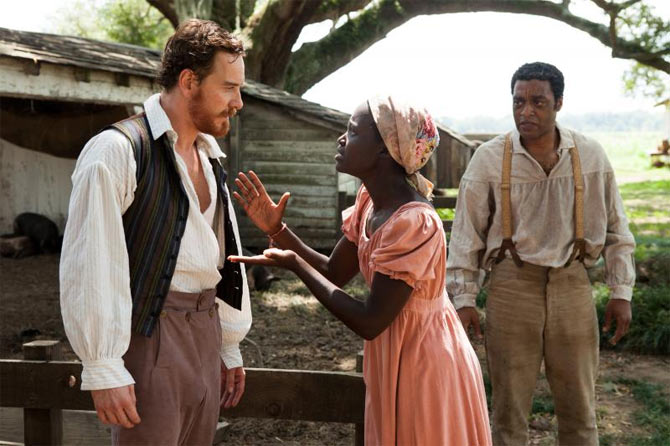


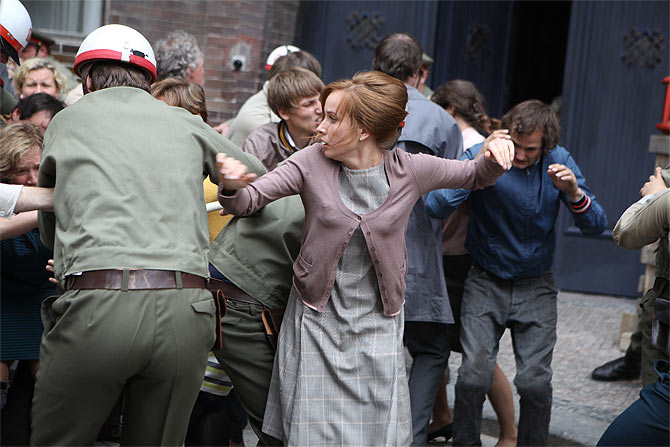
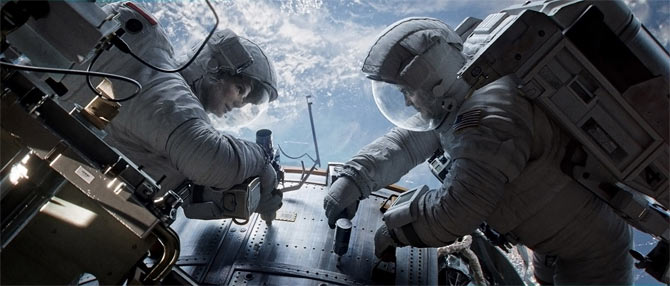
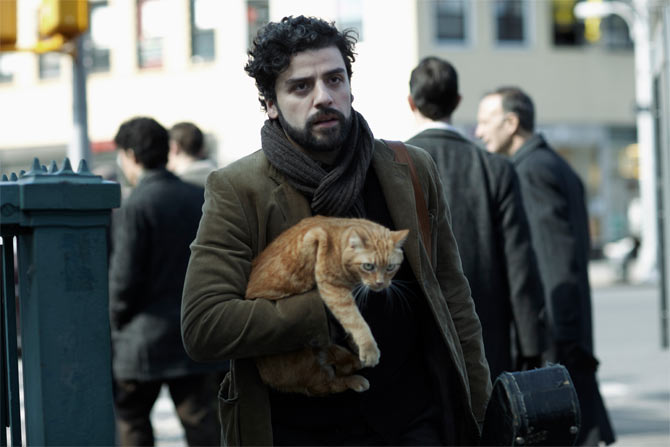
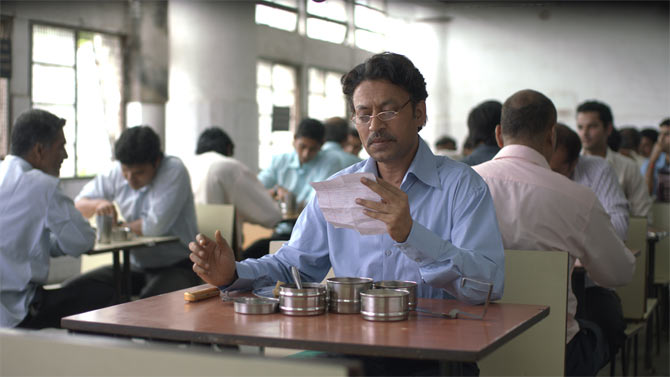

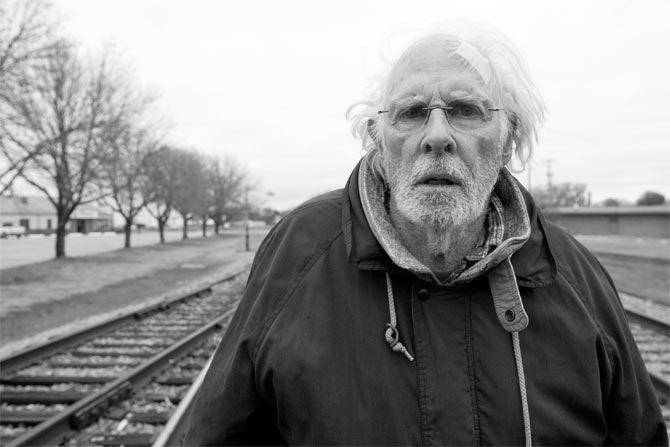
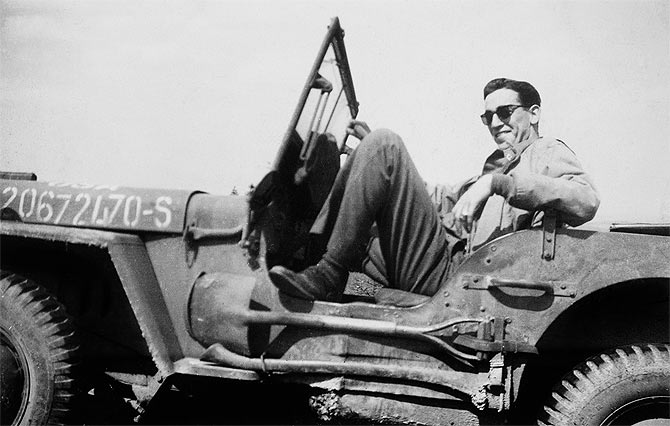

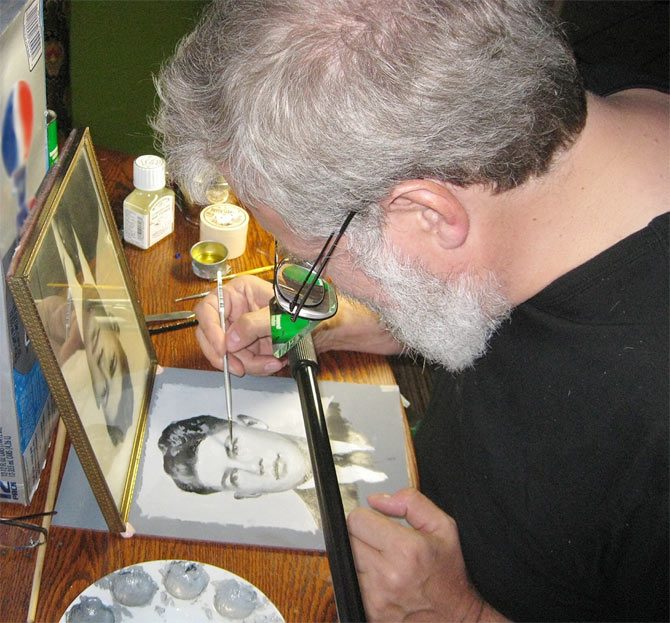
Comment
article